The Beginner's Guide to Foraging
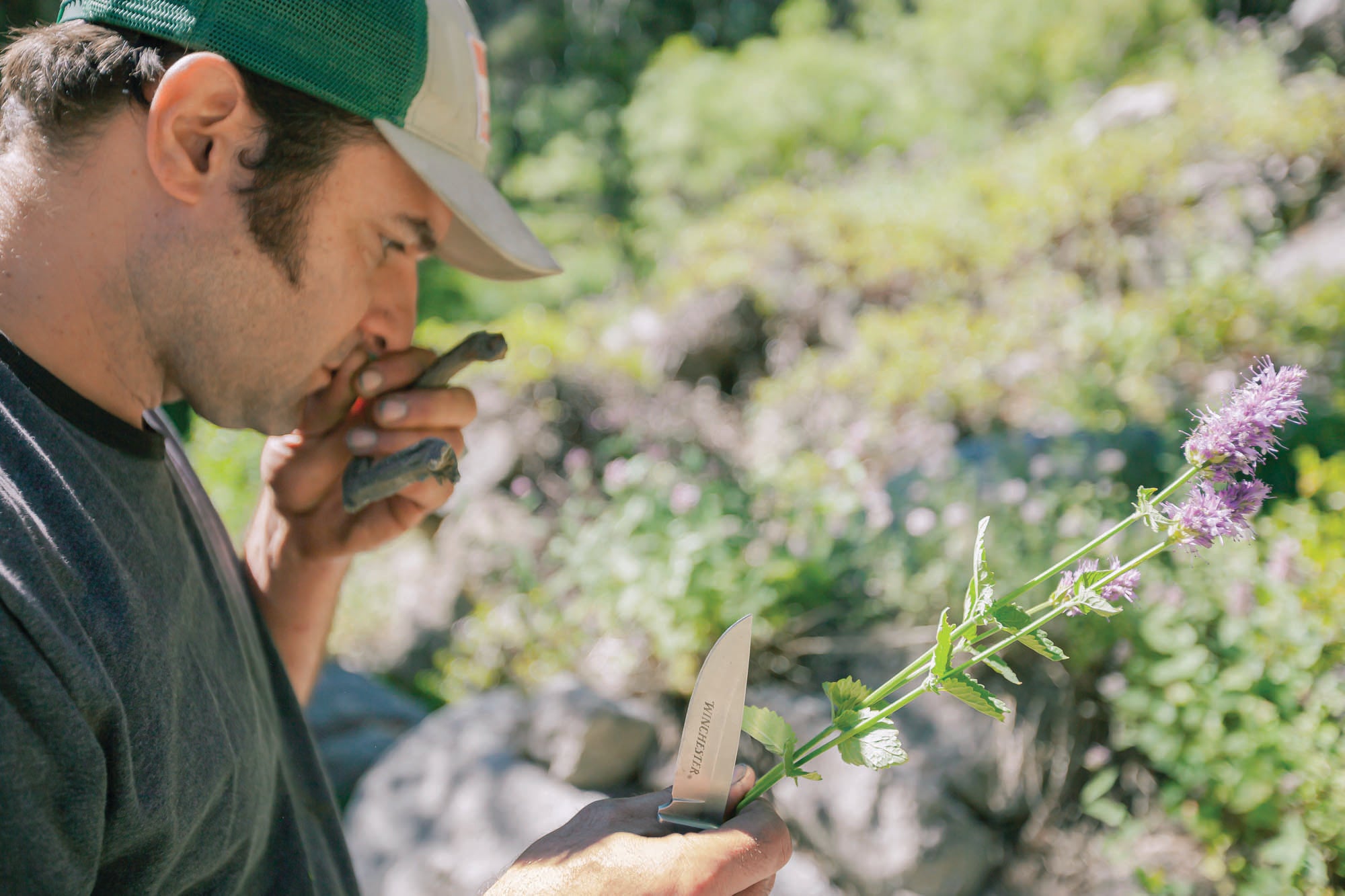
'Mat Ricks'
Five Basic Rules for Beginner Foragers
1) Be cautious
Make sure you can identify a plant with 100 percent certainty before touching or consuming it. Hone your skills by attending plant walks with an expert, studying basic botany, cross-referencing multiple guidebooks, or using websites like gobotany.nativeplanttrust.org. We recommend getting started with regional field guides and books by Thomas Elpel, Samuel Thayer, and Briana Wiles.
2) Understand your land
Study up on the area you plan to forage. What poisonous or endangered plants grow there, and what edibles are abundant? Avoid spots near factories, golf courses, roads, or places where water and soil could be contaminated (off-trail areas away from human activity tend to be safe).
3) Harvest responsibly
Check local land management guidelines for harvesting limits or restrictions. Only gather in areas—and amounts—that are permitted. Take only what you need, leaving enough for the wildlife and for regrowth (no more than 5 percent of one species in a given spot is a good rule of thumb). Be mindful of your impact in sensitive habitats like wetlands, tundra, or desert. Areas that are frequently disturbed (grazing fields, trailsides, and campsites) are good places for beginners to try, since the impact you’ll have is minimal compared to more sensitive habitats.
4) Feed on weeds
Seek weedy patches where edible species grow in abundance. (A weed is an unwanted plant that grows aggressively, especially in disturbed habitats.) Dandelion, nettle, and other weeds are great to eat, and you’re unlikely to deplete them by taking your fill.
5) Walk lightly
Be mindful of your impact when venturing off trail in search of plants. Travel on durable surfaces like logs and rocks and beware of trampling other flora as you go. Always practice Leave No Trace.
6) Know the poisons
As important as being able to recognize the plants you can eat is identifying the ones you can’t. Some poisonous plants only give you a rash, but others could kill you. Study up so you can recognize the traits of toxic species, especially those that look similar to edible and medicinal plants.
Foraging Tips
- Your senses of smell, taste, and sight all help with identification and will become attuned with practice.
- Clean your tools and clothes between harvests to avoid transplanting invasive seeds or disease to new areas.
- Clip leaves and plant parts with a sharp knife to allow the plant to continue growing.
- Plastic containers will suffocate your harvest and cause it to mildew. Collect plants in a breathable cotton sack, basket, or your shirt.
It Happened to Me: Fresh Feast
Relying on nature to provide nourishment elicits a unique backcountry experience. By Kat Mackinnon
Long before the onset of the ultralight camping craze, my partner and I decided to head into the woods with nothing but a knife, a small pot, and the clothes on our backs for five days and five nights. We took care of shelter, water, and fire on the first day, but food was trickier. We quickly realized the most reliable source of sustenance was in the plants—they rarely run away. By day two we were exhausted, covered in soot and with leaves in our hair. Our first meal of cooked wild greens felt like a banquet. We took turns eating the nettle and lamb’s quarter from the pot, smiling all the while at the absurdity of our situation, but also at the freedom of self-reliance. We slept that night with our bellies full, brimming with gratitude for the wild place feeding us.
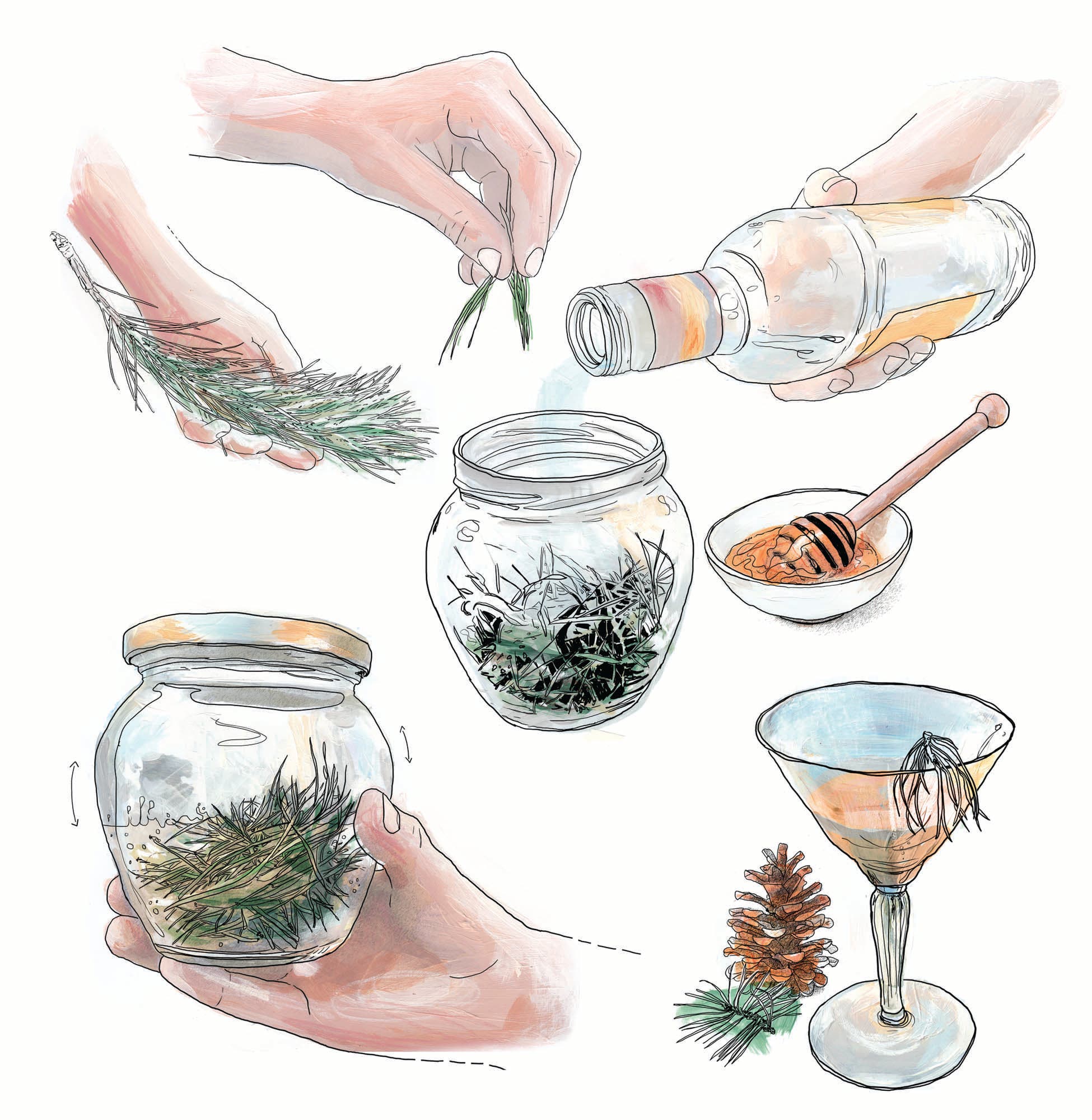
Make a Pine Infusion
Use this mixture to concoct an elixir to soothe coughs or, our favorite application, as an ingredient in a signature foraged cocktail.
1. Clip off a few small branches of pine, spruce, or fir. (Avoid yew, which is toxic.)
2. Cover the plant matter with your favorite spirit (we recommend tequila for margaritas) or apple cider vinegar. Add a few tablespoons of honey or maple syrup.
3. Cover and let steep for one week, shaking once daily.
4. Mix your infused alcohol with lime juice and orange juice for a complex and refreshing cocktail.
Easy Edibles
These plants grow in abundance across North America. In general, they are safe, plentiful, weedy, and hardy enough to survive harvest— making them great targets for beginner foragers.
Watercress
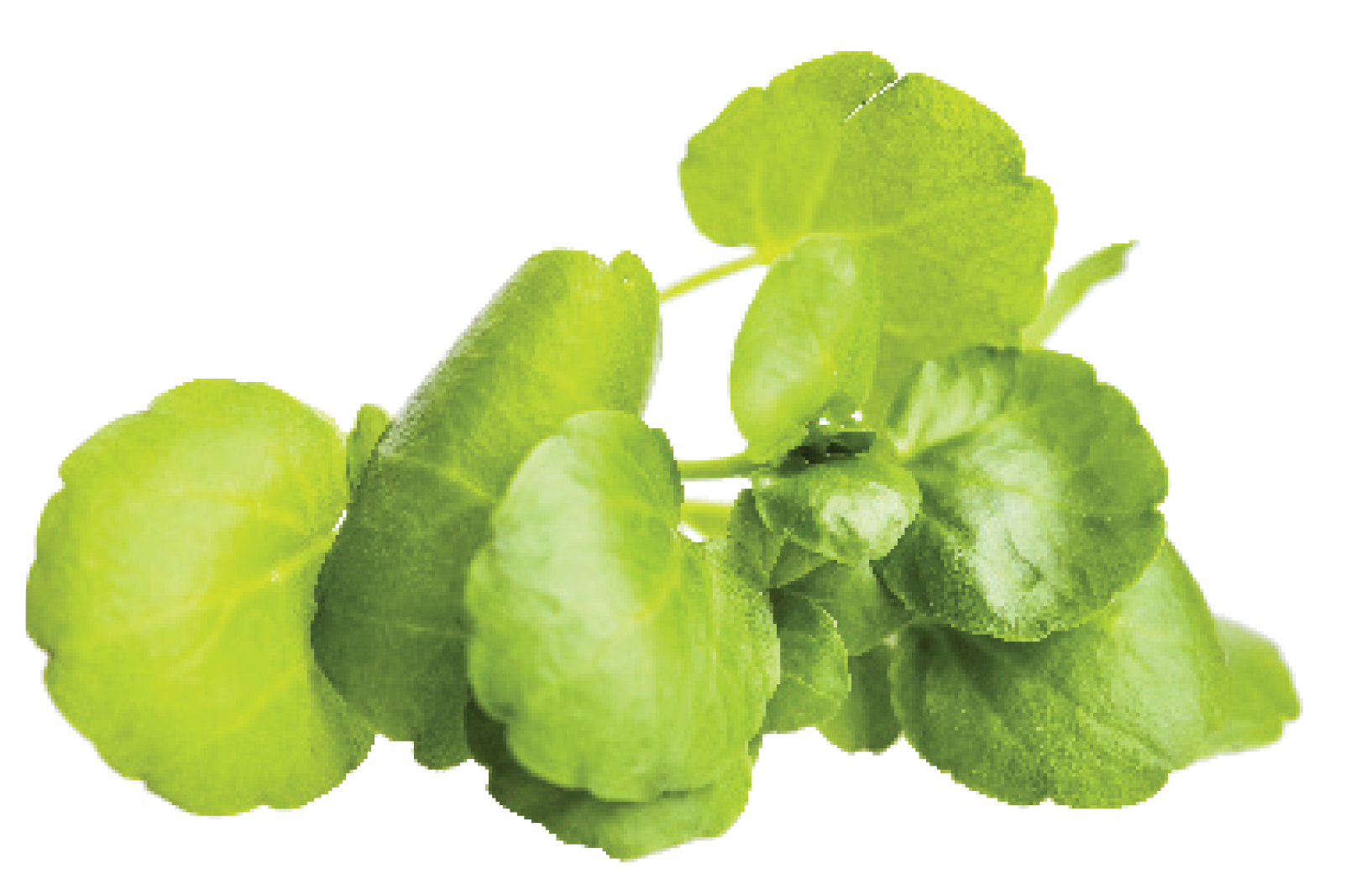
Look for this spicy green in wetland areas with its fleshy stems, hairless alternating leaves, and small white to pink four-petaled flowers. Harvest the leaves and flowers from mid-spring to fall for a salad addition or cooked green.
Dandelions
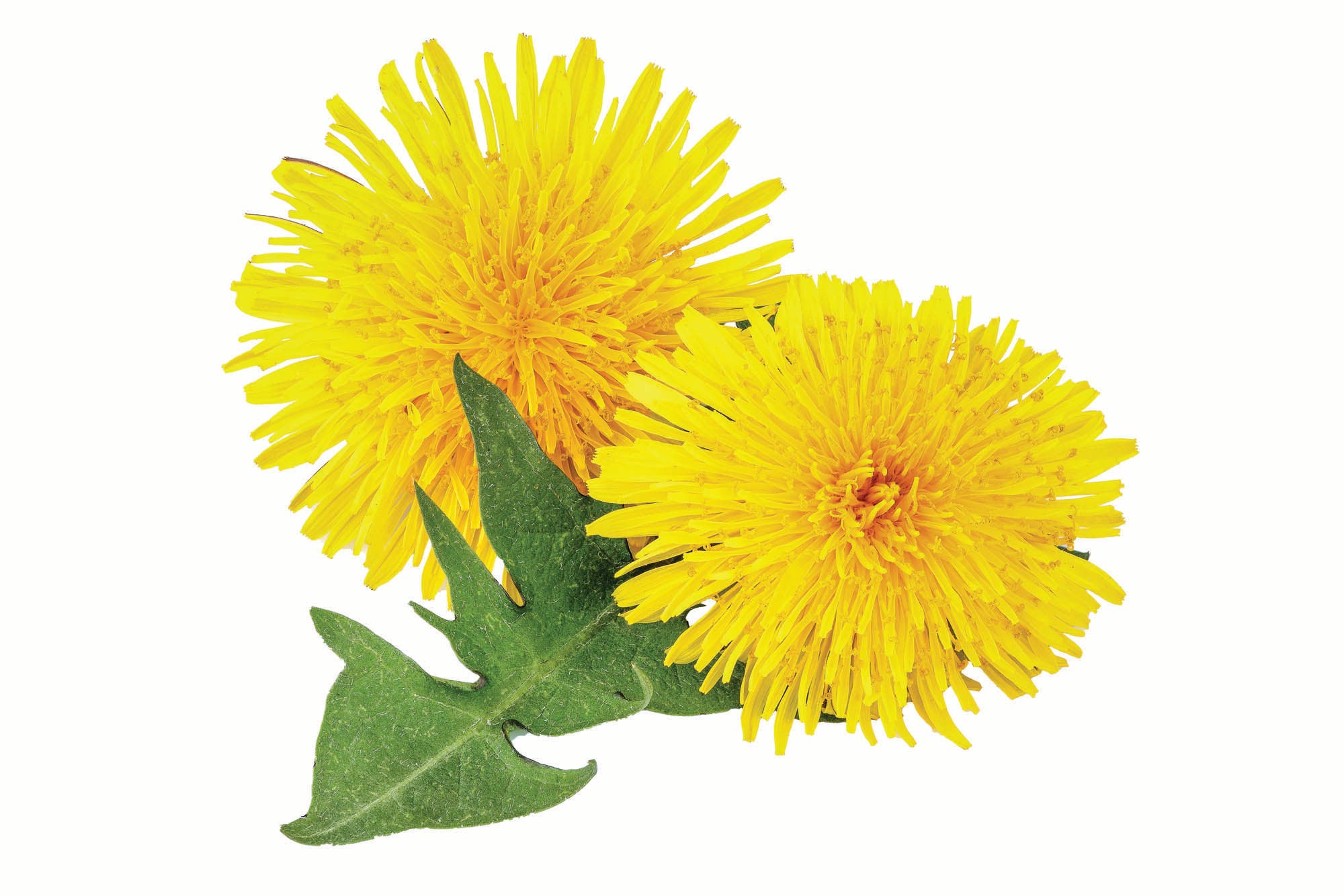
These familiar weeds grow all over, and every part of the plant is edible. Dig up the roots in loose soil and roast or sautée them, eat the leaves and flowers in salads or fry them into fritters, and make noodles from the stems.
Wild Strawberry
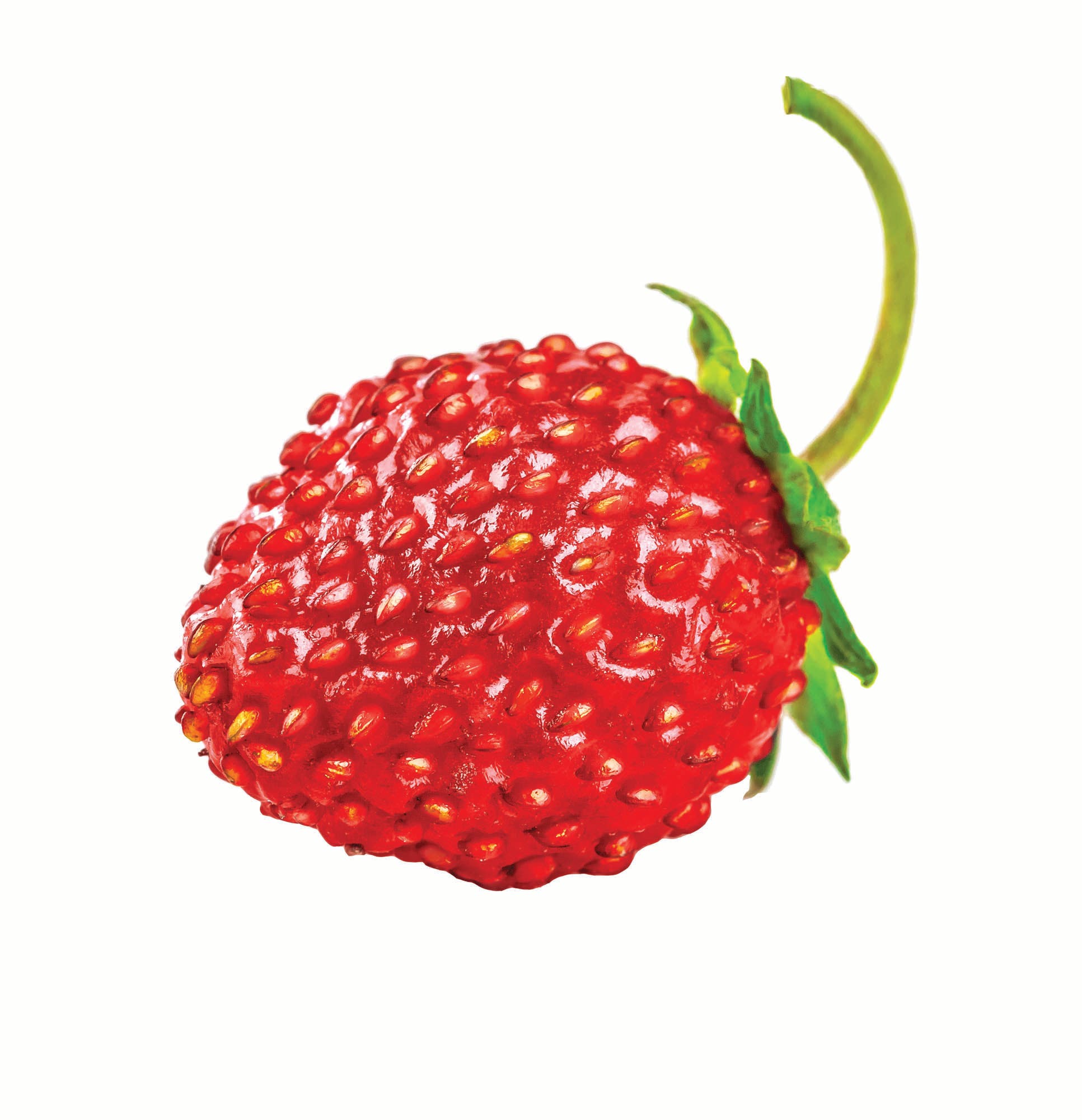
Find strawberries in sunny areas and forests from sea level up to 10,000 feet. Pick the fruit from mid-summer to early fall—look closely, as berries like to hide near the ground. The stems are horizontal and green to pink, and the leaves are egg-shaped with serrated edges. Look for flowers with five white to pink petals, and the unmistakable fruit. Berries can be eaten straight off the plant; collect flowers and leaves for salads and teas.
Mint
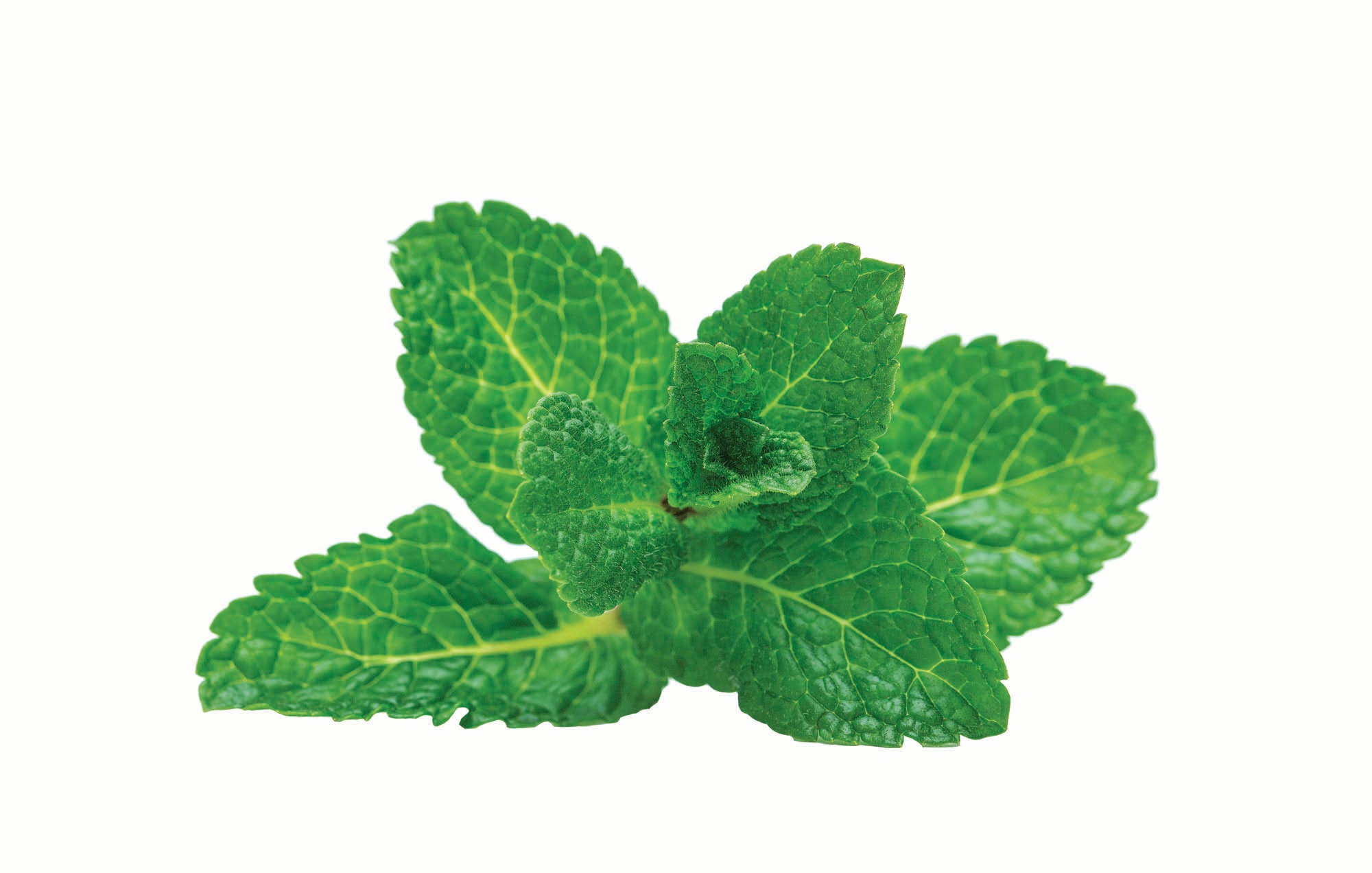
Find this cocktail or tea ingredient along riverbanks and in most soils across the country. Recognize mint by its squared stems and toothed leaves that grow across from one another. Gently pluck the leaves to harvest.